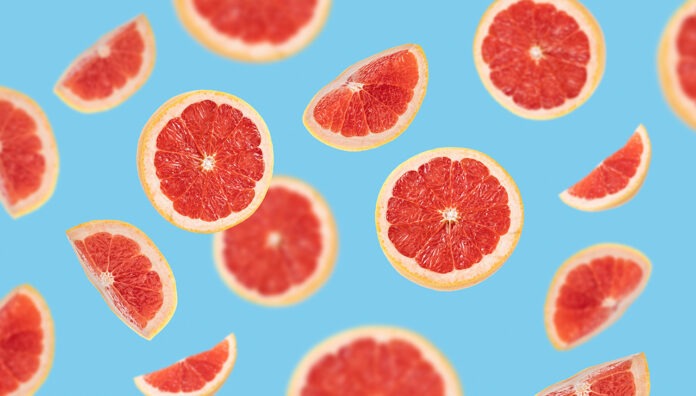Merging CAL 18 and CAL I removes duplication and confusion, helping patients receive clearer, more actionable dietary advice.
Australian Pharmacist explores what pharmacists and patients need to know.
What’s changing?
Cautionary advisory label (CAL) 18 and CAL I currently provide dietary advice for specific medicines:


Instead of having two labels that relate to avoiding certain foods and juices (CAL 18 and CAL I), there will now be one – an updated CAL 18.

What’s the rationale?
Currently, CAL 18 only warns about grapefruit due to its effect on the bioavailability of certain medicines through the selective inhibition of cytochrome P450 3A4 isoenzymes. But the product information (PI) for new medicines that are substrates for CYP3A4 increasingly mention other fruits (beyond just grapefruit) as interacting with medicines via inhibition of CYP3A4. This includes seville oranges, pomelo, star fruit, bitter melon and pomegranate.
As it stands, the wording of CAL 18 is not broad enough to cover these scenarios.
CAL I is currently used to advise patients about foods and juices that interact with medicines through mechanisms other than inhibition of CYP3A4.
For example, food and drink interactions with non-selective monoamine oxidase inhibitors (MAOIs) and interactions between medicines and fruit juices through mechanisms other than CYP3A4 inhibition (e.g. fexofenadine, which has been found to interact with orange and apple juice).
However, there have been reports of confusion associated with ‘I’ appearing very similar to ‘1’ in the CAL recommendation table. There are also not many medicines CAL I is relevant to at present, so it therefore has limited applicability.
The revised CAL 18, now reading ‘Certain foods and fruit juices should be avoided while being treated with this medicine’, will now cover:
- interactions with all CYP3A4-inhibiting fruits (for example, grapefruit, Seville orange, pomelo, pomegranate, star fruit)
- any newly identified food and juice interactions with medicines – even those that don’t occur by CYP3A4 (e.g. apple and orange juice); and
- other food and drink interactions with medicines (e.g. foods and drinks rich in tyramine with MAOIs).
How should pharmacists respond when patients ask which foods and fruit juices should be avoided?
For those fruits that can inhibit CYP3A4 (e.g. grapefruit, Seville orange, pomelo, star fruit, bitter melon and pomegranate), this can lead to higher drug levels and potential toxicity of relevant CYP3A4 substrates. Pharmacists should advise patients that these fruits should be avoided in any form (e.g. fruit or juice) with these medicines as there is no recommendation on the quantity that can be safely consumed.
Beyond CYP3A4 substrates, it becomes more nuanced. For example, atenolol and fexofenadine aren’t metabolised by CYP3A4, yet both can have reduced bioavailability when taken with apple or orange juice – so patients taking these medicines should be advised to avoid these juices.
When dispensing MAOIs, pharmacists should counsel patients to avoid tyramine-rich foods such as aged cheeses, cured meats, fermented products, yeast extract products and beer. Other certain foods and drinks must be consumed only in small amounts. MAOIs block the enzyme that normally breaks down tyramine, causing it to accumulate in the bloodstream, which can lead to a hypertensive crisis. Pharmacists should provide an MAOI card to patients, see APF Digital – Counselling advice for monoamine oxidase inhibitors.
It is important that pharmacists check a medicines’ approved PI to confirm the specific foods, fruits and juices that patients should avoid. Appropriate drug interaction resources (e.g. Stockley’s Drug Interactions) should also be used where needed when providing medicine-specific advice.
When is the change happening?
The CAL explanatory notes were updated in APF Digital today (7 May 2025).
Pharmacists should familiarise themselves with the revised explanatory notes for CAL 18 in the digital Australian Pharmaceutical Formulary and Handbook.
When will dispensing software be updated with the revised CALs?
Pharmacists are advised to talk to their dispensing software provider, who can advise when these changes will be implemented.
When will the new labels arrive?
It is anticipated printers will commence printing of the new labels during their next print run.
Until then, pharmacists should use the existing CAL 18 and CAL I – ensuring patients are equipped with the updated advice, available now in APF Digital which always contains the latest updates.














